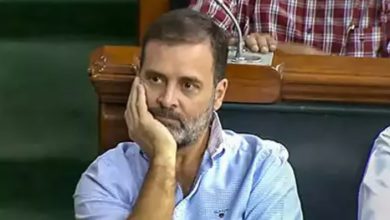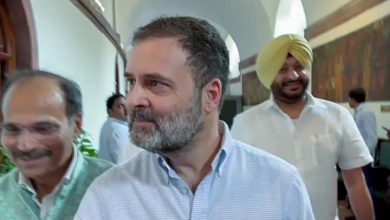
The Nikkei India Manufacturing Purchasing Managers’ Index (PMI) rose from 51.2 in May to 53.1 in June. This was consistent with the fastest improvement in the health of India’s manufacturing economy in 2018 so far.
India’s manufacturing conditions improved in June at the strongest pace since December 2017, supported by the sharpest gains in output and new orders in 2018 so far. Reflecting greater production requirements, firms were encouraged to engage in purchasing activity and raise their staffing levels.
On the price front, input cost inflation was the sharpest since July 2014, whilst output charges rose at a stronger pace. Business confidence eased to the weakest since last October.
Manufacturing production rose in June, thereby extending the period of expansion to 11 months. Moreover, the rate of growth was sharp and the most pronounced since last December. Panellists linked greater output to favourable demand conditions. Output growth was reported across all market groups.
In tandem with the expansion in output, new business placed at manufacturers in June rose to the sharpest degree in 2018 so far. There were reports that strong underlying demand supported new client wins.
New orders from overseas rose for the eighth consecutive month. Moreover, the rate of expansion was solid and accelerated to the fastest since February. Anecdotal evidence pointed to stronger demand from key international markets.
Commenting on the Indian Manufacturing PMI survey data, Aashna Dodhia, Economist at IHS Markit and author of the report said, “India’s manufacturing economy closed the quarter on a solid footing against a backdrop of robust demand conditions, highlighted by the sharpest gains in output and new orders since last December. Meanwhile, orders from international markets rose at the strongest pace since February.
“On the jobs front, the latest survey data pointed to a healthy labour market, with job creation accelerating to the sharpest since December 2017. “The RBI recently raised interest rates for the first time in four years to contain inflation and stabilise the rupee. However, input cost inflation quickened to the strongest since July 2014 in June, suggesting that the central bank could remain under pressure to tighten monetary policy.
“Looking ahead, there was a note of caution, as business sentiment eased to the weakest since last October during June. The dip in optimism partly reflected concerns of a potential market slowdown in the year ahead. Indeed, some of the key challenges to the 12-month outlook include tighter domestic monetary policy and persistently high inflation.”







